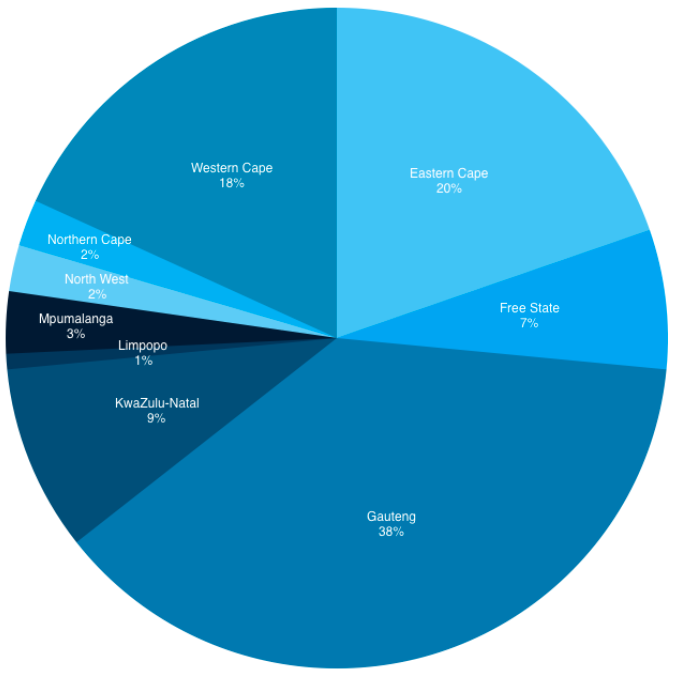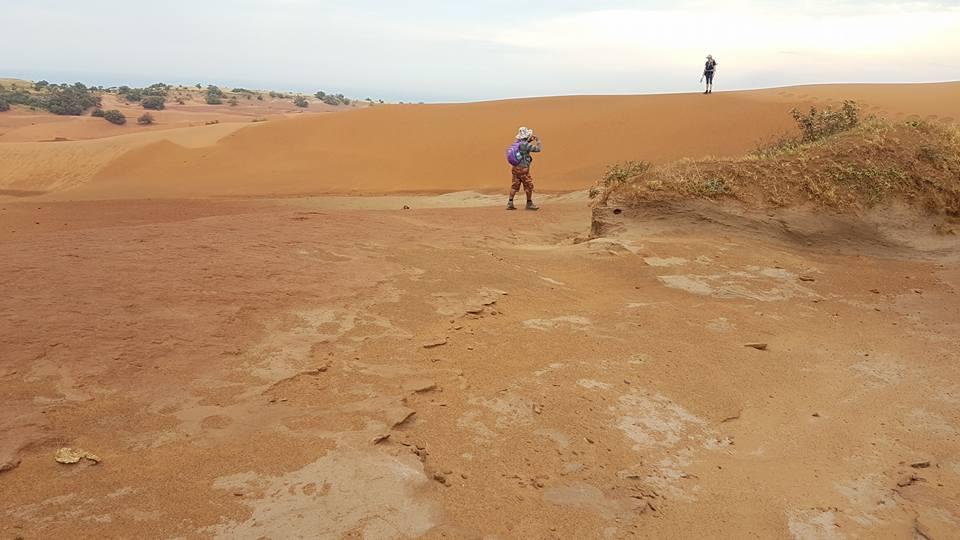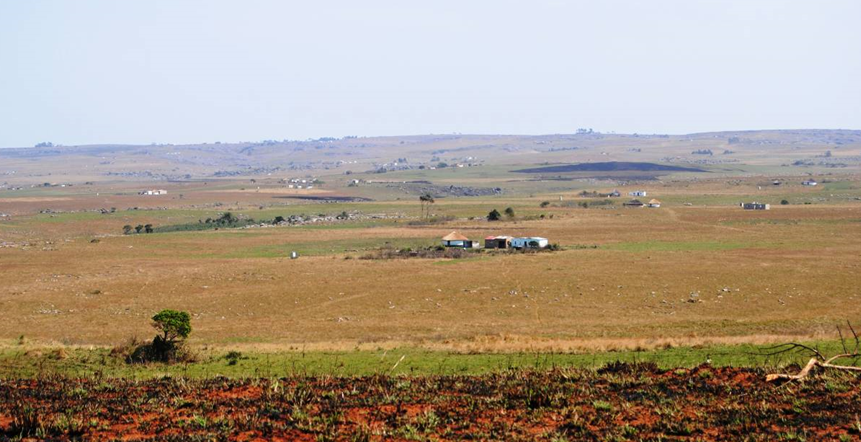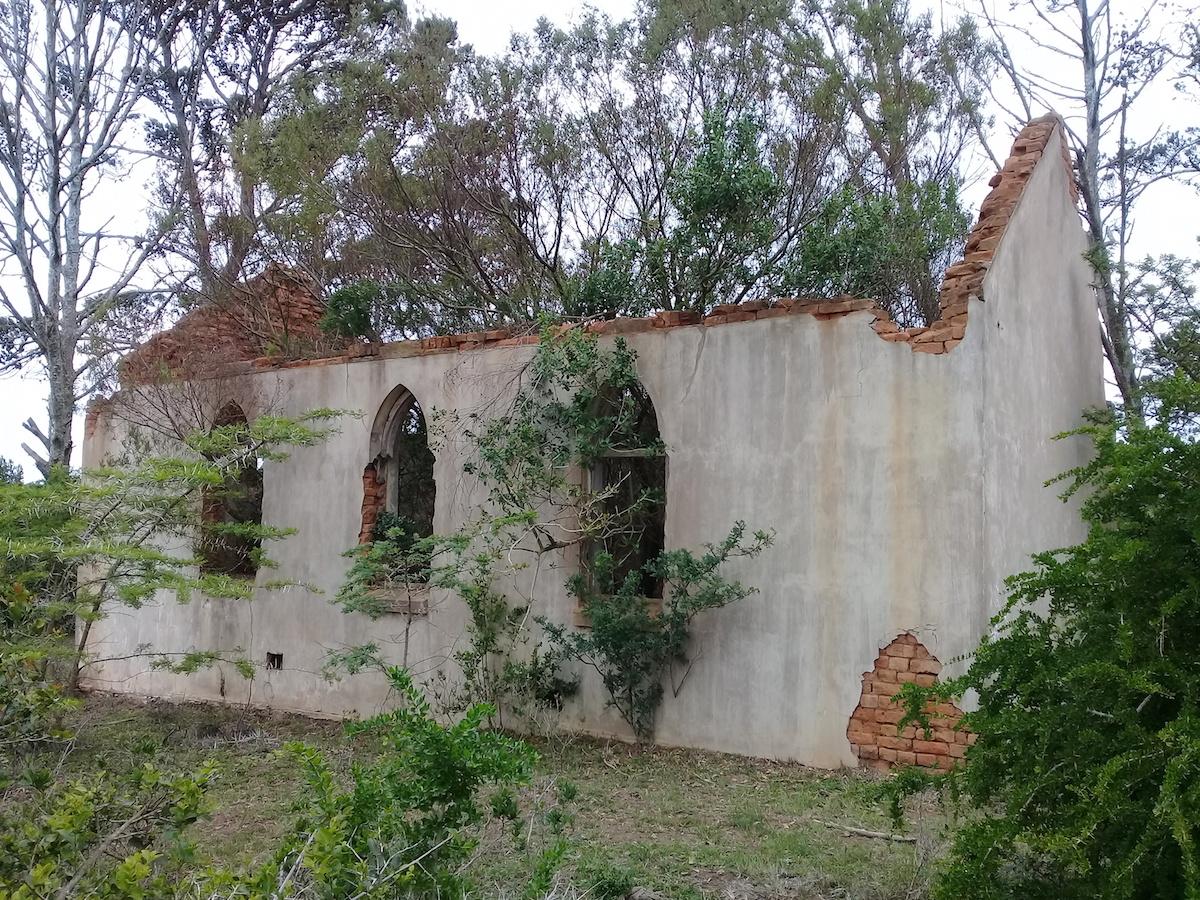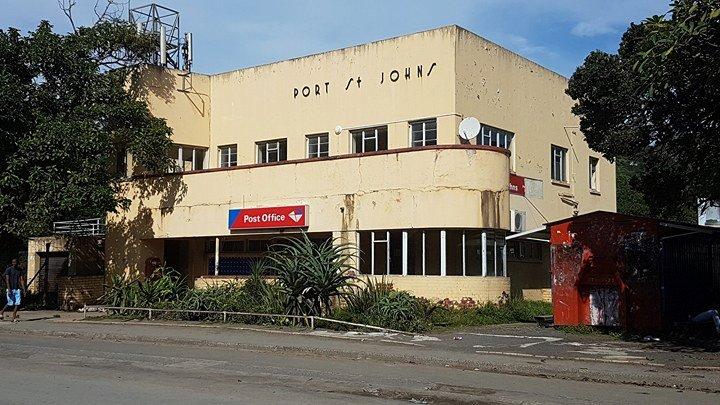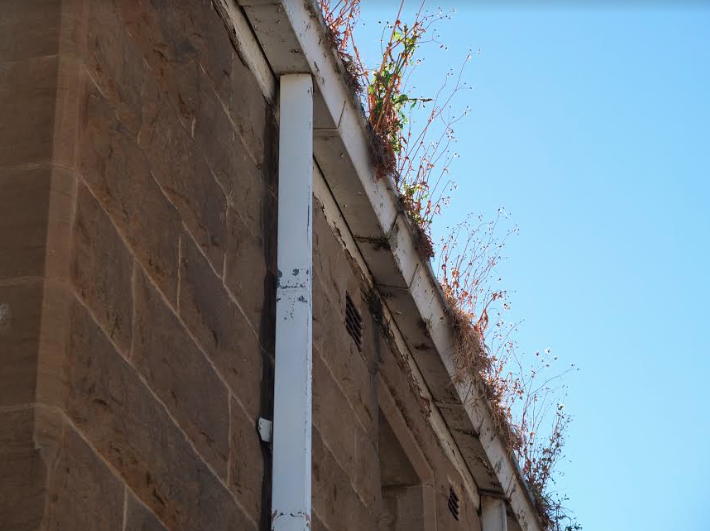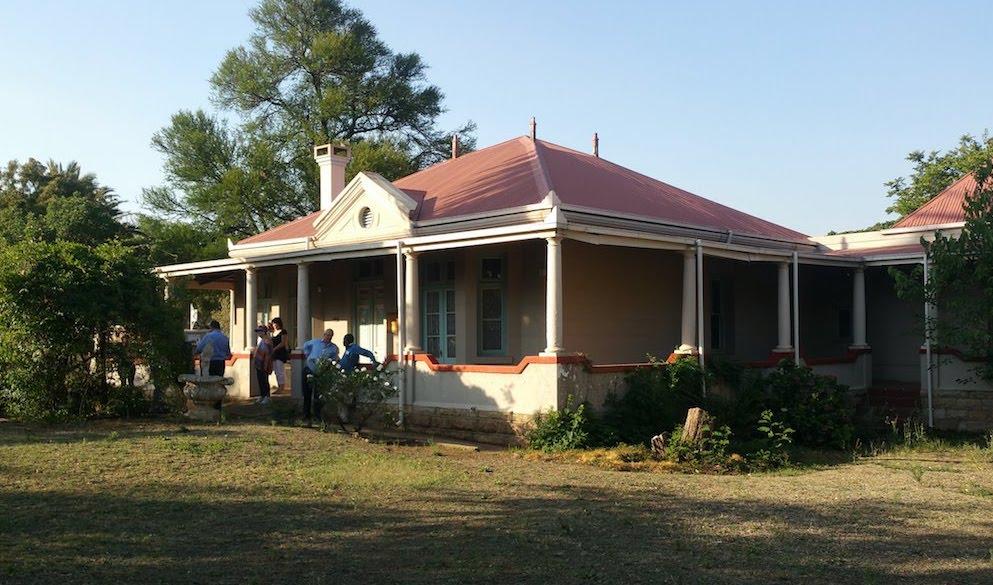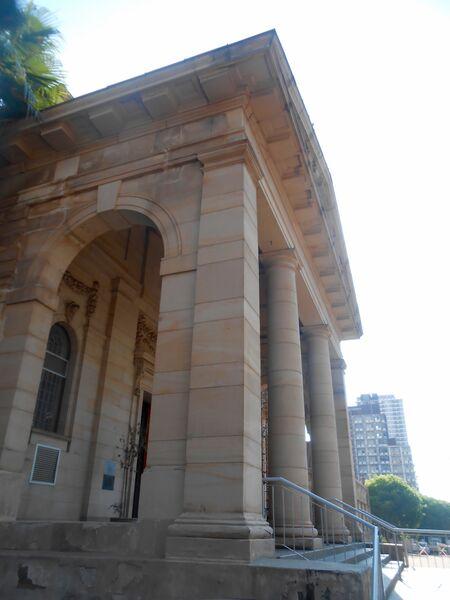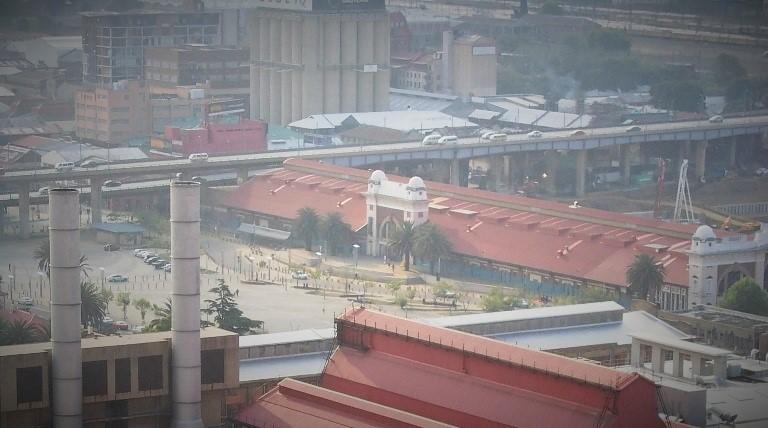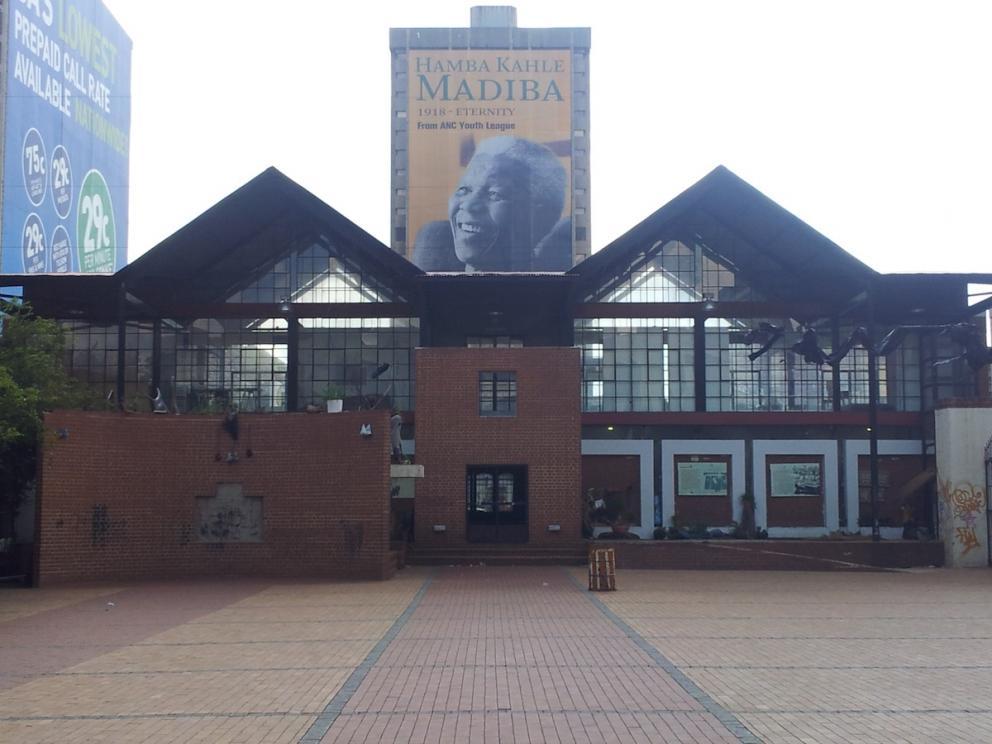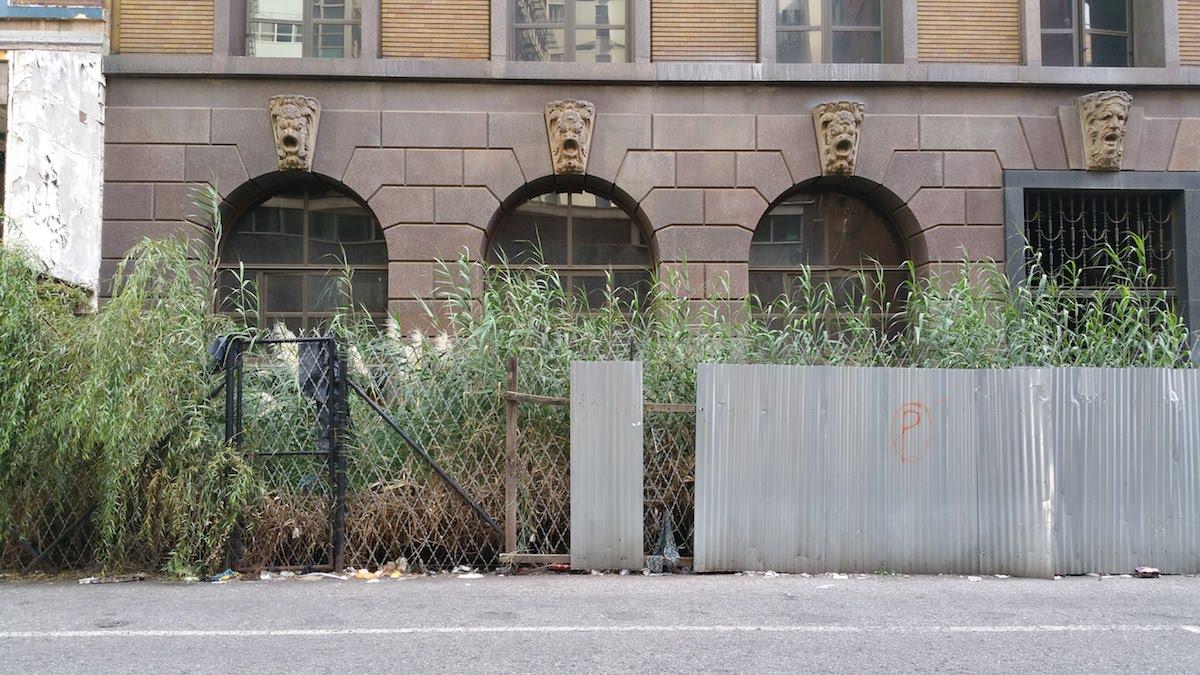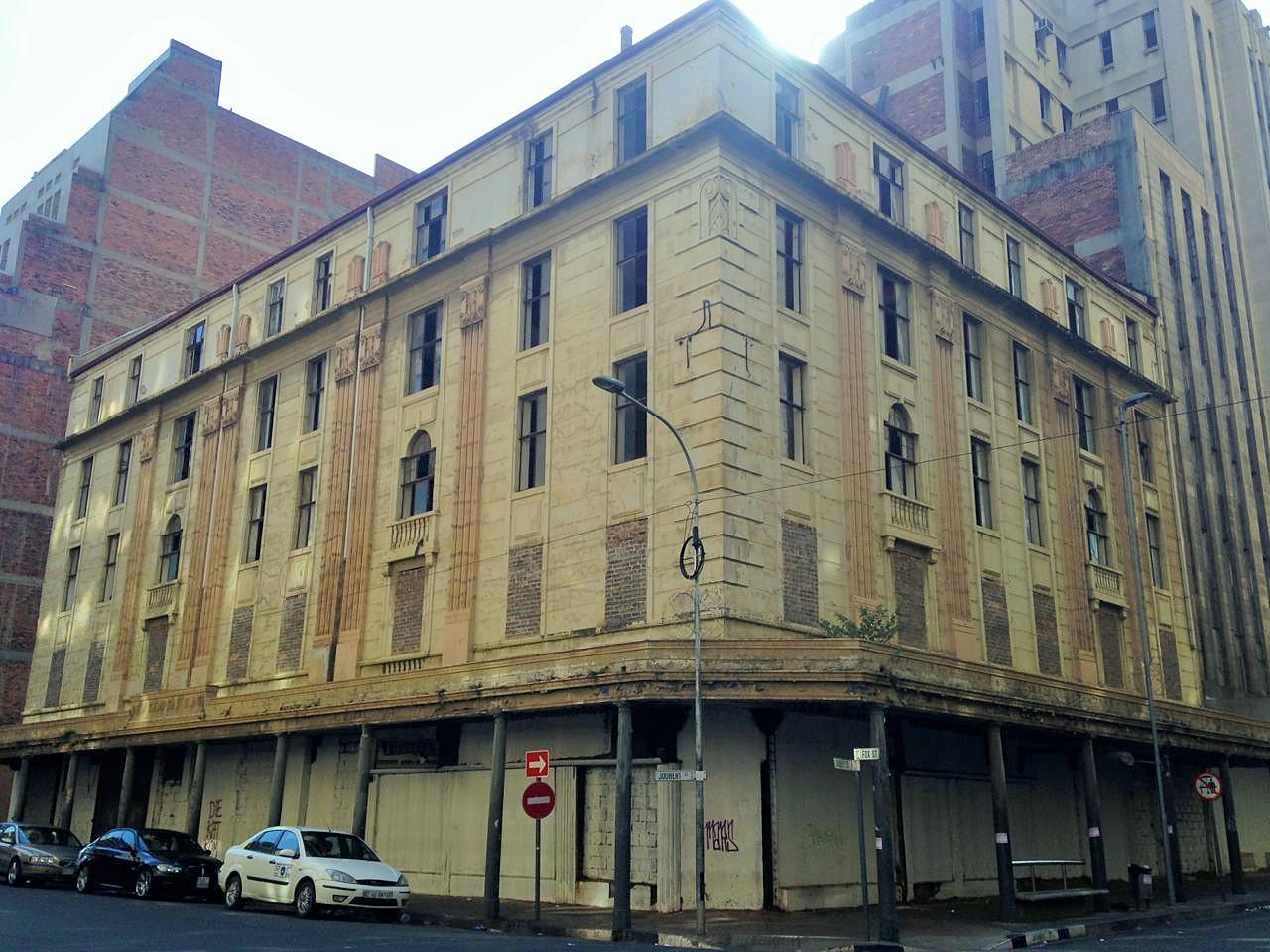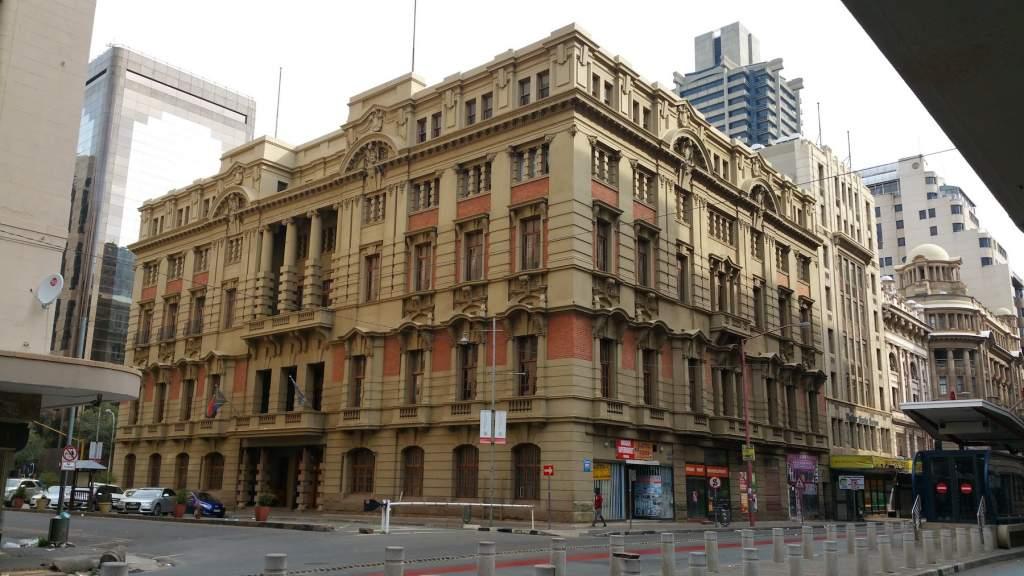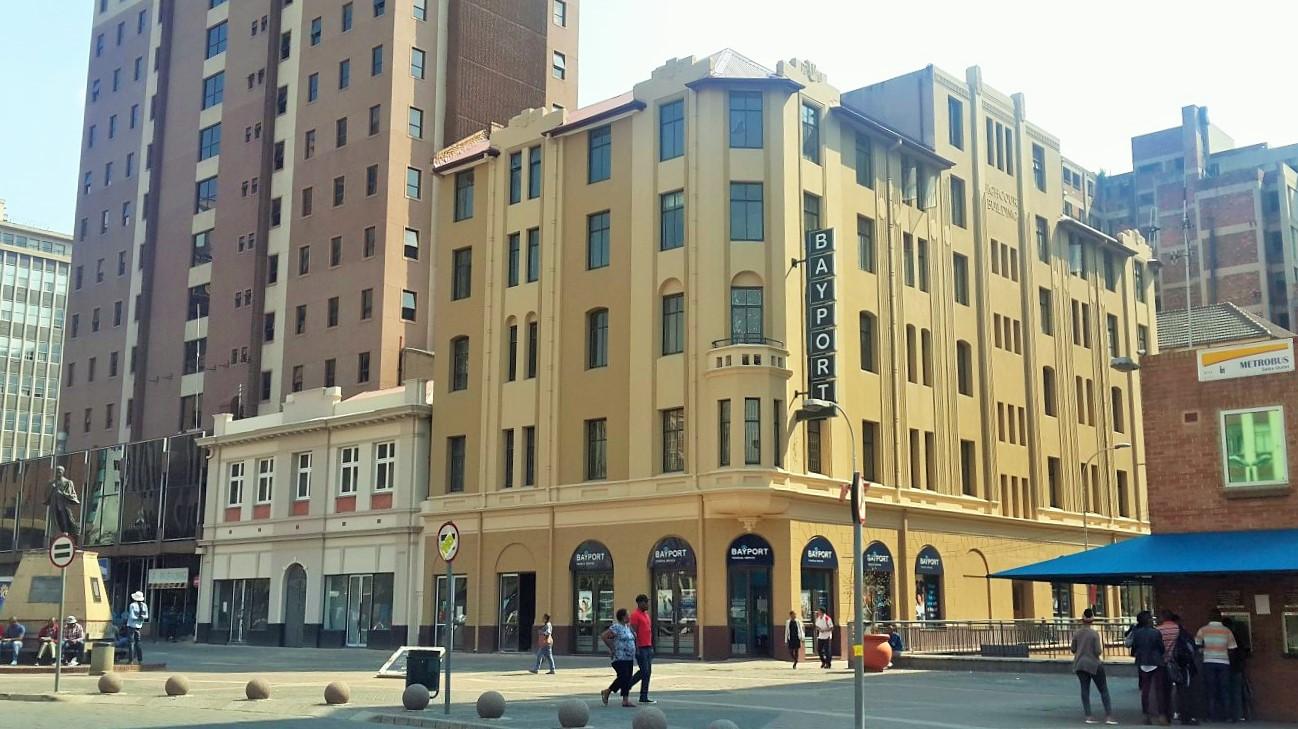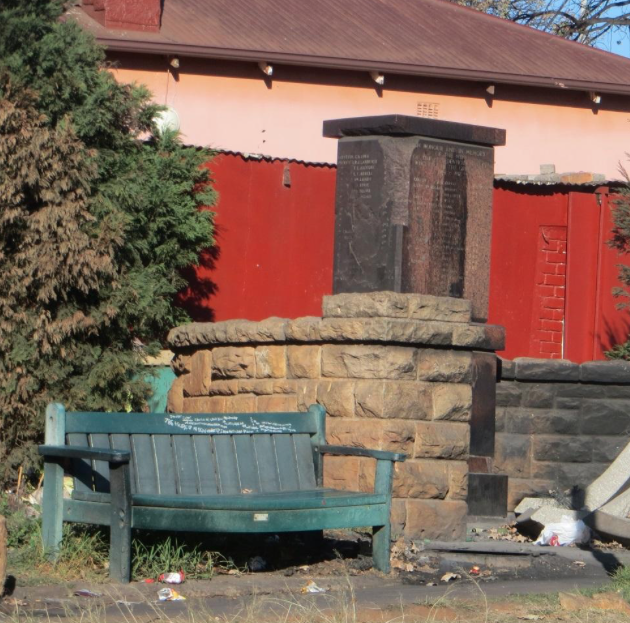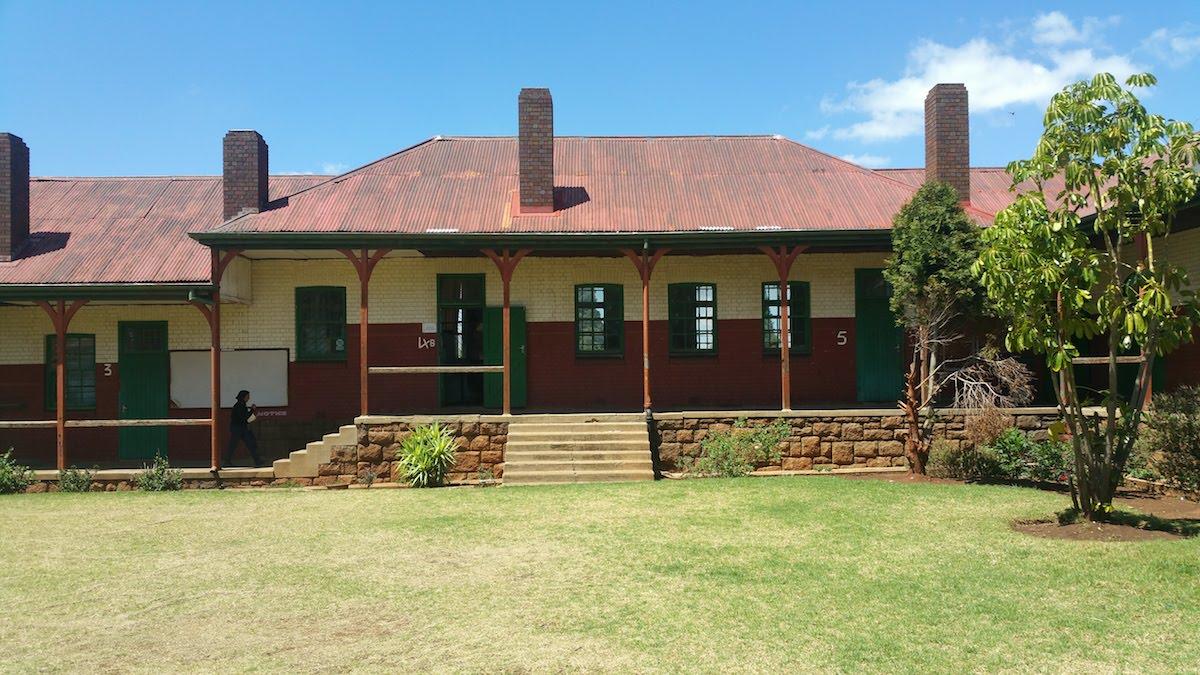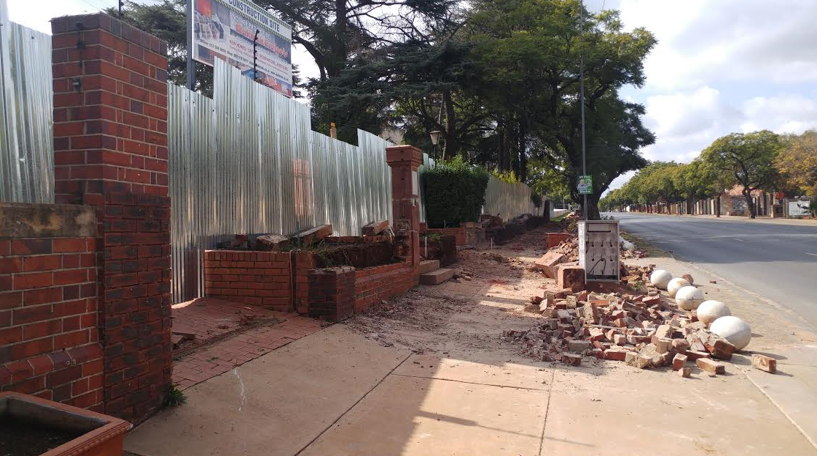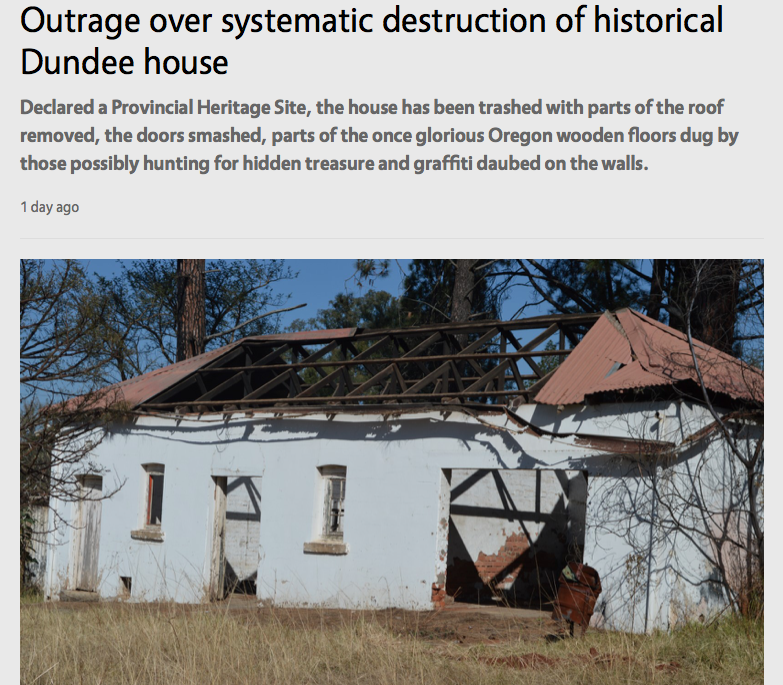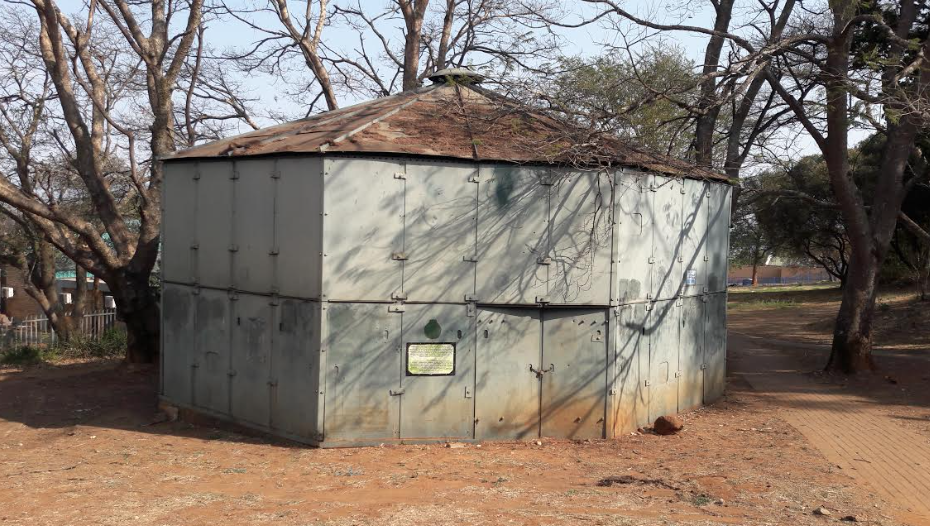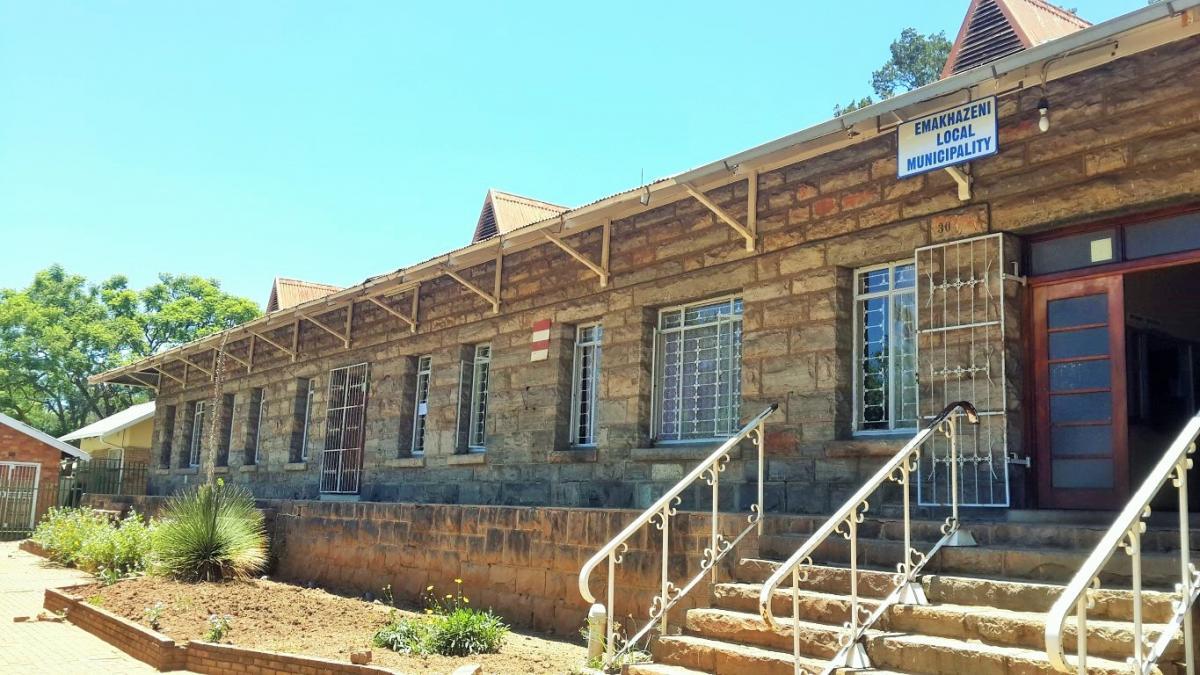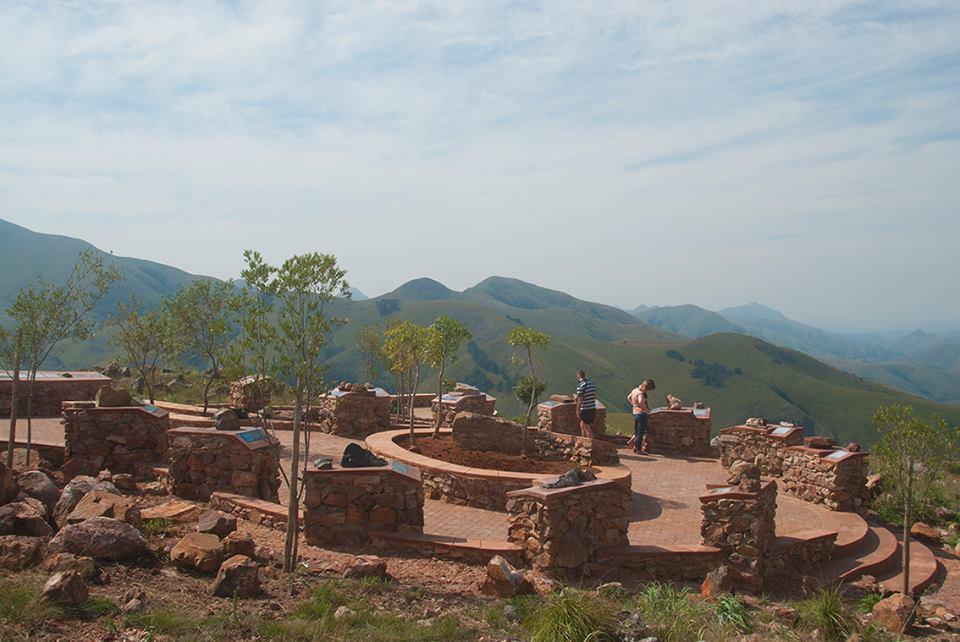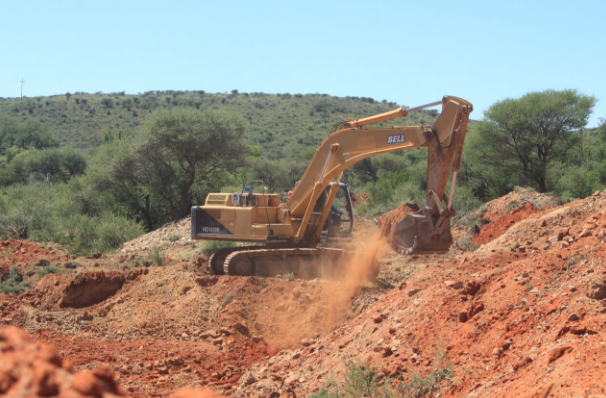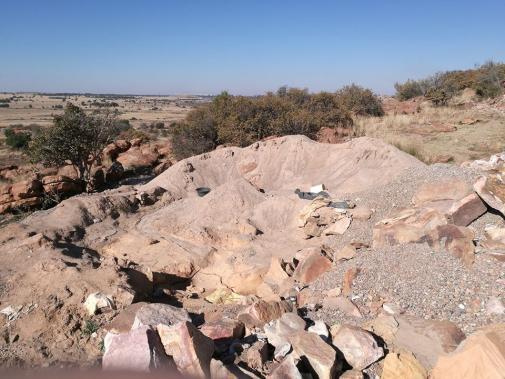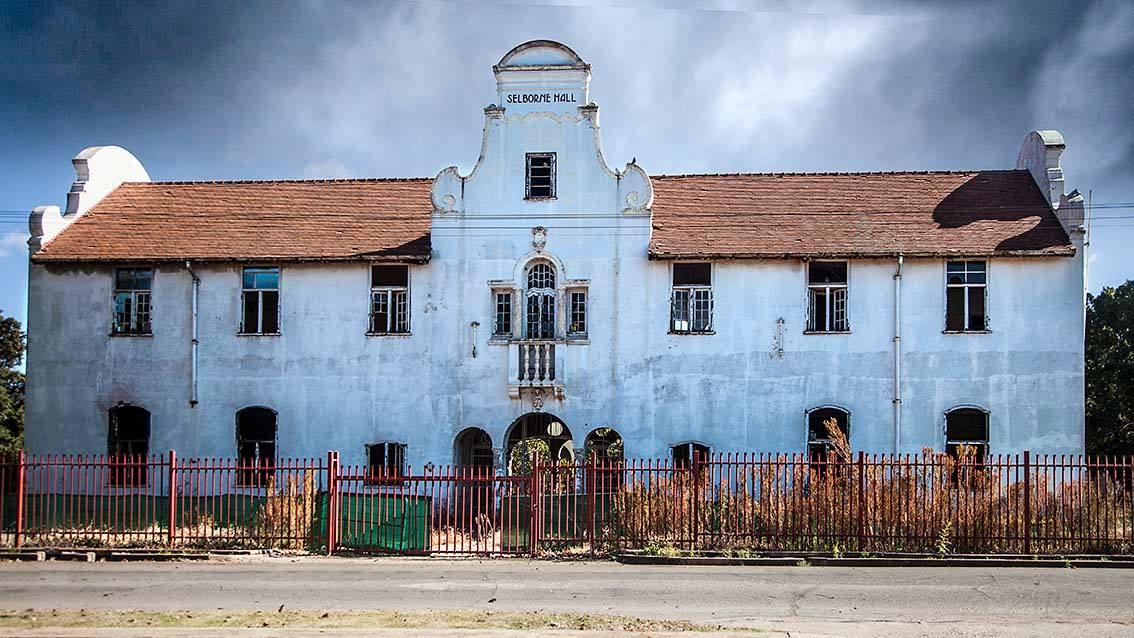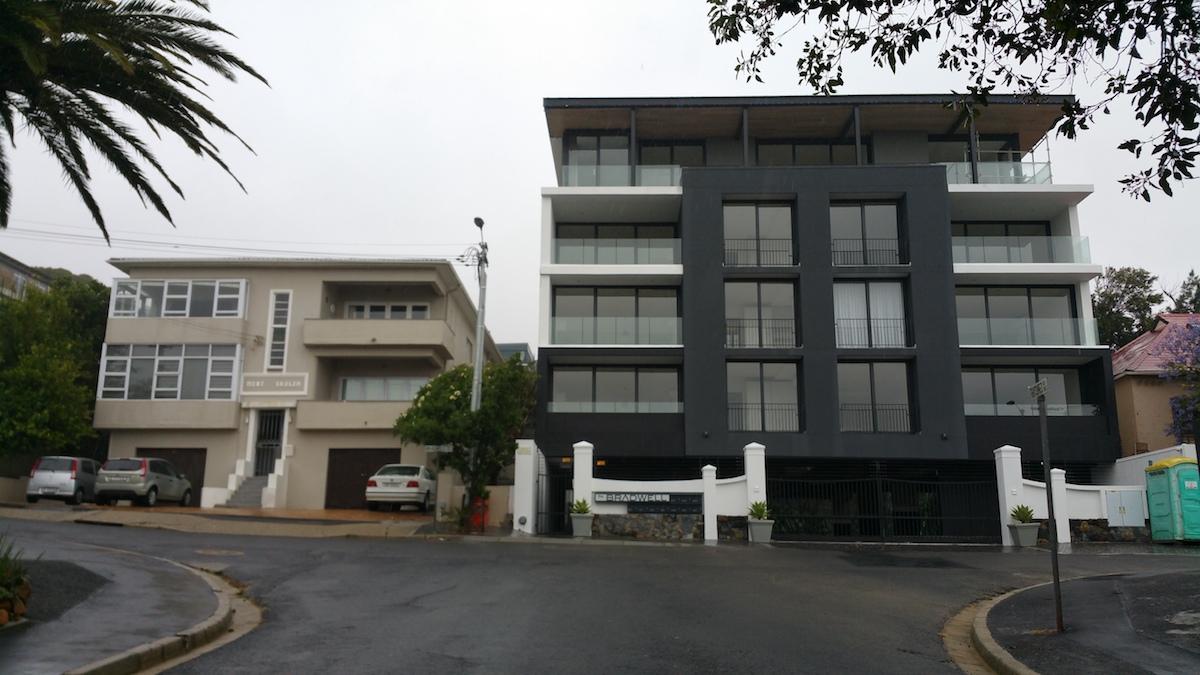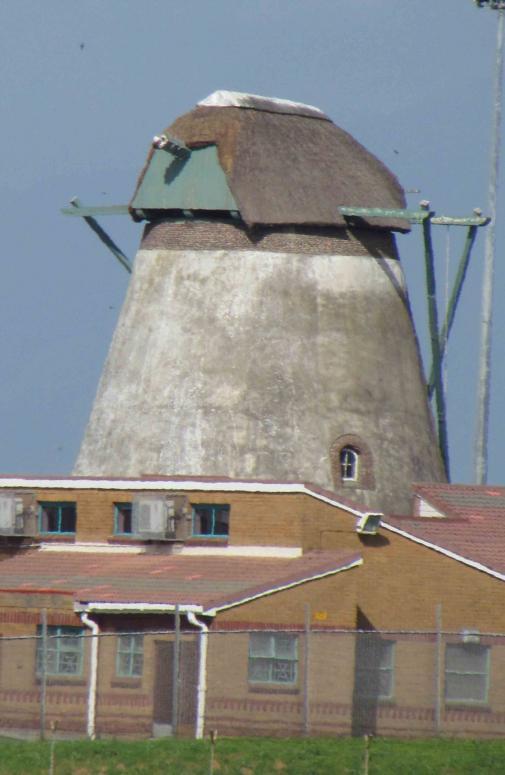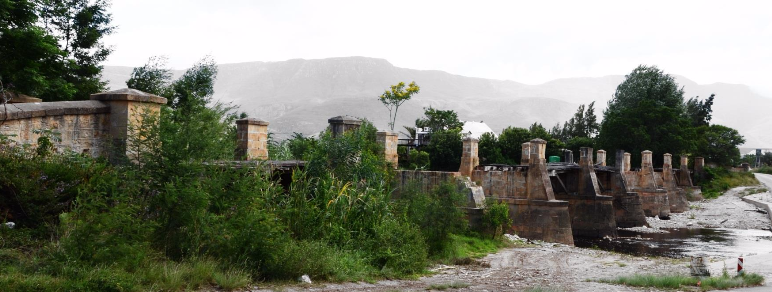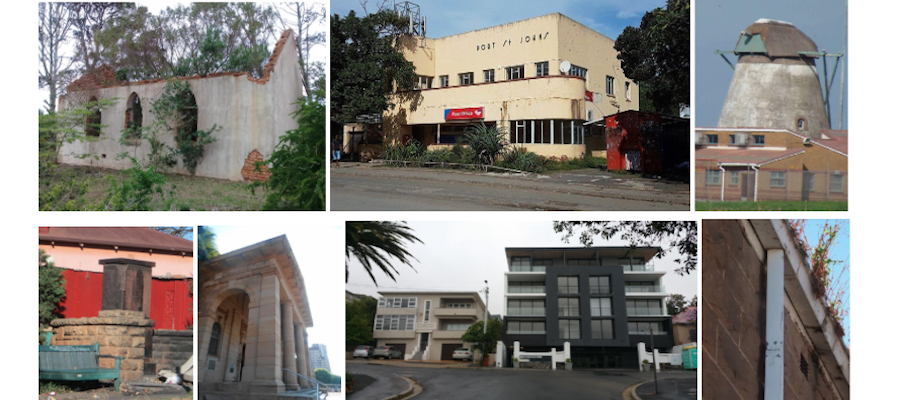
Disclaimer: Any views expressed by individuals and organisations are their own and do not in any way represent the views of The Heritage Portal. If you find any mistakes or historical inaccuracies, please contact the editor.
The aim of the annual endangered heritage campaign run by the Heritage Monitoring Project is to raise awareness of South Africa’s most at risk sites. While the call for nominations for the 2018 campaign is issued this week (click here to view), we asked site champions and community activists for updates on previously nominated sites. We also analysed comments posted by community members to site threads on the Heritage Portal.
In compiling this national survey we have limited our focus to sites submitted to the Heritage Monitoring Project – or to sites that have made the national headlines. The intention is to track endangered sites and keep them visible in the public eye with the hope that with some support and encouragement local efforts will lead to sites being taken off the list. We acknowledge that much good is being done in the country to protect, conserve and restore heritage sites. Many of these stories are covered by the Heritage Portal through the normal course of reporting. We would however love to know more about threatened sites that have been rescued.
The national context
In total, we’ve been tracking over 130 threatened sites across the country (click here to view list). Nearly 40% of endangered sites are in Gauteng followed by the Eastern Cape (20%), Western Cape (18%), KwaZulu-Natal (9%) and the rest of the country. The dominance of the first four provinces is probably indicative of the fact that these have active heritage organisations – bodies that are often hard to sustain in rural contexts.
Graph: Provincial distribution of endangered sites. Source: The Heritage Monitoring Project
Eastern Cape
The Xolobeni Red Dunes and the amaMpondo Cultural Landscape made the 2017 and 2016 top ten endangered lists respectively. The Amadiba Crisis Committee has taken the Department of Mineral Resources to court over mining permits issued to controversial Australian miner Mineral Commodities. The high court case concerns the right of the Xolobeni community to say no to mining. Meanwhile SANRAL is continuing with the construction of the N2 Wild Coast toll road despite vocal opposition and court action from Amadiba. In Bathurst, sites associated with the 1820 settlers remain of concern. At Shaw Park, community members are similarly worried about a mid-19th century Methodist Church which has been altered to serve as a school. They say that structural changes were made without the necessary heritage approvals.
Xolobeni Red Dunes (Kathryn Costello)
Sigidi Village (Valerie Payn)
At Coega, activists are anxious about the state of Hougham Park – former main residence of Hougham Hudson, 19th-century Resident Magistrate of Port Elizabeth. The property is owned by the Coega Development Corporation. Vandals were arrested recently but the site remains vulnerable. Elsewhere concerns have also been voiced about the Newcastle church – one of the oldest churches in the Peddie region. The church fell into disuse in the 1980s when the region was incorporated into the then Ciskei. Today the site is overgrown and abandoned. At the Old Gaol in Grahamstown, the South African Heritage Resources Agency has apparently appointed a site manager. Another recent addition to the list of endangered heritage sites is the Art Deco post office building at Port St. Johns. Although sponsors have offered paint to assist with renovations, the community recently called on a heritage expert to dedicate time to the project.
Newcastle Church Prudhoe (Colby Cockcroft)
Port St John's Post Office (Tourism Forum)
Free State
Following the death of Winnie Madikizela Mandela, the state of her former house of banishment at Brandfort has yet again been making news headlines. Reports suggest that the Department of Arts & Culture has taken over control of the project to convert the house into a museum following a fallout with the Independent Development Trust – who previously acted as project manager on behalf of the Department. Nearly R600,000 spent by the Independent Development Trust has been described as “fruitless and wasteful”. Activists have called on Parliament to investigate the matter. The Kroonstad Town Hall continues to deteriorate with the building in clear need of repair. Gutters are overgrown, historic stained and leaded glass windows are broken and walls and ceilings require damp- and waterproofing. Meanwhile, restoration work has commenced on the Bloemfontein City Hall which was gutted by fire last year. At Petrus Steyn and Heilbron activists continue their efforts to rescue historic railway stations – Transnet having abandoned many of these structures around the country.
Vegetation growing in the gutters of the Kroonstad Town Hall (Jacques Stoltz)
Bloemfontein City Hall after the fire (Christoff Steyn)
Gauteng
Gauteng has a number of prominent sites on the list, accounting for 49 of the 132 sites in total. In Heidelberg – host of the Heritage Association of South Africa’s 2017 symposium – the intervention of Remgro has stabilised the situation at the AG Visser house although much of the collection from the former museum is lost to prosperity. Activists are also worried about the proposed redevelopment of the old gaol. Meanwhile, we await the outcomes of the repurposing of the NZASM-era train station as a microbrewery. While the development is to be welcomed, architects are concerned about recent alterations that do not follow good conservation practice.
AG Visser House (The Heritage Portal)
In Johannesburg museums continue to be in the spotlight. The Alexandra Heritage Centre, which has been more than a decade in the making and was scheduled for opening in 2017, remains unfinished. However, according to the City of Johannesburg, the Centre will now open in September 2018. The City also confirmed that professional staff have been appointed.
Reportedly much needed funding for the restoration of the Johannesburg Art Gallery has been withdrawn. This followed botched workmanship and poor heritage oversight that left the City of Johannesburg red-faced. While a heritage audit has been completed and a conservation management plan compiled for guiding restoration work, seed funding earmarked for the restoration of the building has been “reprioritized” for “more pressing priorities”.
Entrance to the Johannesburg Art Gallery (The Heritage Portal)
A year after announcing a turnaround strategy for Museum Africa there are signs that management capacity has been strengthened with some positions having been filled, however it will take years for this much neglected institution to reclaim its position as a must-see Johannesburg landmark. (On TripAdvisor it languishes at number 110 of attractions to visit in Johannesburg!). As with the City’s art gallery, funding that had been earmarked for restoration work has been cancelled in light of what has been described as a financial crisis facing the City. In a frank assessment, the City confirmed to HMP:
The City of Johannesburg is custodian of some of the most important heritage assets in the country including the Johannesburg Art Gallery, Museum Africa and the Workers Museum. Such institutions have been hampered by budgets constraints for general maintenance, conservation and in particular restoration. Admittedly, diminishing budgets for arts and culture does pose risks for the maintenance and protection of these heritage sites.
Museum Africa (The Heritage Portal)
Meanwhile, there are alarm bells ringing about the urban deterioration of parts of Newtown – the recently opened Market Theatre Square and the restoration of the iconic Newtown heads are notable exceptions. While urban poverty and homelessness is a major contributing factor, many also blame the City’s decision to approve a waste collection site within the district as detrimental.
State asset management remains worrisome in other parts of the city as well. Activists are deeply concerned about the historic Drill Hall where a community leader was murdered last year and where buildings have all but been abandoned by the national Department of Public Works. Meanwhile, the City of Johannesburg can’t implement planned for – and much needed – interventions as Public Works continues to drag its feet in transferring ownership of the property to the City – which was meant to have been completed after the 2004 redevelopment and restoration. (On a positive note, the City has confirmed that a land swap agreement reached between it and Public Works will allow for the transfer to be completed in 2019. Until then, the resident community is left vulnerable to risk of fire, overcrowding and other appalling environmental conditions).
Inside the Drill Hall (The Heritage Portal)
The Department of Public Works has also placed plans on hold to redevelop the Marshall Street Barracks which was left a ruin many years ago. Other government run ‘ruins’ include the Hospital Superintendent’s House in Hillbrow, 12 Park Lane in Parktown, the Leith-Moerdijk Park Station building, the Rotunda, the Queen Vic maternity hospital, the old Nurse’s Residence at the Children’s Memorial Institute, the Rand Water Board Building, the New Library Hotel and many other buildings of the now all but abandoned ‘Kopanong’ Gauteng government precinct.
Rand Water Board (The Heritage Portal)
It’s not just government setting a bad example. Developer Urban Ocean has previously been in the news for the neglect of the CNA building, Shakespeare House and the New Kempsey Building. (Construction work is currently taking place at the CNA building which holds some promise). As the City confirms, the private sector is often equally complicit in the destruction of heritage:
The risks for degradation of heritage sites is exacerbated by non-adherence to heritage legislation, together with poor enforcement capacity by legislated bodies such as the Provincial Heritage Resources Authorities. Much destruction and loss of heritage value is caused by private sector institutions who place commercial value above heritage value, further endangering heritage assets in the country.
New Kempsey Building (The Heritage Portal)
The Old Rissik Street Post Office, has been stabilised but the long-term future of the building remains uncertain. Meanwhile, efforts to rescue the Rand Club from oblivion are to be lauded. This is arguably one of the most exciting heritage projects in years. Other good news stories include the restoration of the 1899 Natal Bank Building, Salisbury House and the neighbouring High Court Building.
The Rand Club (The Heritage Portal)
Somerset House (left) and the High Court Building (right) (The Heritage Portal)
Parks and cemeteries also continue to bedevil the City of Johannesburg’s reputation and efforts by the new administration to clean up the city. There are concerns about the state of conservation of the Bezuidenhout farmhouse at Bezuidenhout Valley. The damage to the nearby WWI war memorial is such that activists are now openly calling for the relocation of the monument elsewhere. At Brixton cemetery, wrought iron gates and fencing have been stolen and Joburg City Parks & Zoo is clearly at a loss on how to stem the tide. It recently called on communities to come to the cemetery’s rescue. Brixton cemetery is home to a grade one and multiple grade two heritage sites. At Klipriviersberg Nature Reserve another scandal has been brewing with activists claiming that Joburg City Parks & Zoo has been making alterations to a historic stone cowshed at the Marais farmstead without securing the necessary heritage approvals from the Provincial Heritage Resources Authority Gauteng (PHRAG). Lastly, at the Rand Pioneer Memorial gates have been stolen and construction vehicles have damaged stone walls.
Remains of the Bez Valley War Memorial (Kathy Munro)
Meanwhile, in Pageview the former historic Krause Street ‘Coloured’ School has been decimated. The new owner of the property demolished historic classrooms, toilets and labourers’ cottages and turned the grounds into a massive parking lot for coaches. The City of Johannesburg issued a stop order but calls for the PHRAG to intervene have so far fallen on deaf ears. (According to the PHRAG an investigation is underway). In fact, the heritage community has so little faith in the PHRAG that the Gauteng Heritage Action Group has called for an urgent meeting with Gauteng MEC for Sport, Arts, Culture & Recreation. Even the City of Johannesburg is less than impressed by the PHRAG, noting tersely that it
… is currently under-capacitated, under-resourced, and falling short at carrying out its mandate… The dereliction and neglect of this function points to the need for major reform on the part of the Provincial Government, to overhaul and capacitate the PHRA[G].
Krause Street School (The Heritage Portal)
In Pretoria, the South African Heritage Resources Agency is investigating affairs at the Jan Smuts House Museum following the museum’s inclusion on the 2017 top ten endangered list. Meanwhile, the Old Pretoria East Residents’ & Ratepayers’ Alliance has appealed to the Minister of Arts & Culture in a matter involving illegal alterations at the Indian High Commission, which they believe the PHRAG neglected to act on. In a letter, the Minister has requested that MEC Faith Mazibuko appoint an independent tribunal to investigate the complaint. Asked for comment the PHRAG indicated that a tribunal has been set up, however insists that “…should it happen that the High Commission is found guilty, [the Department of International Relations and Cooperation] will deal with the High Commission through the right protocols”.
Indian High Commission wall being demolished (Tshwane Building Heritage)
KwaZulu-Natal
In Pietermaritzburg, the former home of 19th century Bishop William Macrorie is to be sold following an agreement reached between the trustees of the Macrorie House Museum and the Heritage Association of South Africa (HASA). The museum closed to the public in 2016 due to a lack of funding. According to a statement issued by HASA, while the organisation regrets the closure of the museum, proceeds from the sale of the property will be split equally between the trustees of the museum and HASA which among others will allow for the continued care of the collection at the Baynesfield Museum on Baynesfield Estate. We hope that the Macrorie house museum does not follow in the footsteps of Symonsdale House in Dundee – a provincial heritage site – that has been systematically stripped bare.
Article from the Northern KwaZulu-Natal Courier
In 2017, a Durban High Court judge granted an eviction order in terms of which the equestrian club must vacate the Newmarket Stables in Durban. This follows an announcement by the eThekwini Metropolitan Municipality that it intends to develop the site as a sports development centre.
Also in Durban, Save Our Berea continues to oppose what it says are insensitive and illegal developments in this historically significant community.
Meanwhile, we’d like to think that the Heritage Portal and the Heritage Monitoring Project played no small part in overturning the decision by SANRAL to establish a borrow pit at Tragedy Hill at Port Edward. It will now source materials required for the N2 toll road from elsewhere. Tragedy Hill was placed on the top ten endangered list in 2017.
Limpopo
For such a large province, Limpopo remains underrepresented on the list. Following the inclusion of Fort Hendrina in Makhado on the 2017 top ten list, the site has received much needed media exposure. The local heritage committee has also received a small donation from the Heritage Foundation as contribution towards the development of a historical route. Efforts to fundraise for the restoration of the structure continue.
Fort Hendrina (Petria de Vaal-Senekal)
In respect of the Mapungubwe cultural landscape, UNESCO reports that the environmental management framework developed for Mapungubwe is to be welcomed. The framework sets controls on existing mining rights and prohibits further prospecting in the updated buffer zone. South Africa submitted a state of conservation report to UNESCO in 2018.
Mpumalanga
At Botshabelo (included on the 2017 national list) a new board of the Botshabelo Community Development Trust has been elected. The church has been restored and it is hoped that the new board will be able to utilise a grant allocation by the National Lottery Distribution Trust Fund for undertaking additional restoration work.
In 2017 the Mpumalanga Tourism and Parks Agency appointed service providers to conceptualise development frameworks for Pilgrim’s Rest and Waterval Boven which will hopefully see much needed investment in these heritage-rich areas. The Pilgrim’s Rest reduction works were included on the top ten most endangered heritage list for 2016. Meanwhile, Mpumalanga Heritage also reports that the NZASM regional headquarters at Waterval Boven has been restored following damage in the wake of service delivery protests.
NZASM Regional Office (The Heritage Portal)
The saga at Rimer’s Creek in Barberton continues as the developer of a heavy truck parking lot and pipe storage yard stands accused of multiple town planning, heritage and environmental infringements. Meanwhile ‘Zama-Zamas’ (illegal miners) are active in the mountains above Rimer’s Creek. On a positive note, the Barberton Makhonjwa Mountains has been inscribed on the UNESCO world heritage list. Fortuitously, Barberton will also be host to the Heritage Association of South Africa’s annual symposium which will be held on the 18th to the 21st of October this year.
Barberton Geotrail (Mpumalanga Heritage)
Northern Cape
SAHRA has been consulting communities about its intention to upgrade Canteen Kopje to National Heritage Site status. Canteen Kopje near Barkley West is the country’s oldest dated archaeological site and made news headlines in 2016 when the site was threatened by illegal mining activity before the courts intervened. Meanwhile the South African Radio Astronomy Observatory has appointed consultants Digby Wells to develop a heritage impact assessment and conservation management plan for the Square Kilometre Array (SKA) Radio Telescope. Activists worry that insufficient consideration has been given to how the project is affecting a traditional way of life on the roughly 157 affected northern Karoo farms. At the same time, in a deal reached with the SKA media reports note that Khoi and San communities now have access to the area to study endemic indigenous plants.
Illegal mining threatened Canteen Kopje back in 2016 (David Morris)
North West
The Elands River siege site and Goudkoppie Heritage Hill remain of concern. At Goudkoppie in Klerksdorp a group of ‘Zama-Zamas’ started mining in recent months, although reports suggest that the police have taken action to stop the illegal mining. According to the Klerksdorp Museum “huge and totally irreparable damage has been done”. In the meantime, there have been no positive developments at Selborne Hall in Potchefstroom.
Illegal mining at Goudkoppie Hill (Klerksdorp Museum)
Selborne Hall (Attie Gerber)
Western Cape
In the Western Cape, protests against what the community of the Bo-Kaap sees as City of Cape Town-condoned gentrification has become more vocal and visible this year. The Bo-Kaap cultural landscape was included on the 2017 top ten list of endangered heritage sites. One of the key points of contention is the City’s policy of densification which is resulting in high-rise luxury developments in this historic, traditionally low-rise area.
The same concern is also noted elsewhere in the City Bowl and Atlantic Seaboard as developers opt to maximise height zones on the back of a bullish property market. In areas such as Vredehoek there is the fear that Art Deco maisonnettes are being replaced by ersatz developments that undermine the heritage character of the area. The Greater Vredehoek Heritage Action Group has developed a toolkit for residents to resist such developments.
An example of the changing scale in Vredehoek (The Heritage Portal)
In the Southern Peninsula a heritage forum has been launched while in Simon’s Town there’s been calls for a heritage management plan. A number of sites in Simon’s Town, including the historical mile, Bay View House, the Cottage Hospital and library, have been submitted to the endangered heritage campaign. Meanwhile we’ve received reports that the thatched cap of the Nieuwe Molen windmill in Maitland has been repaired. However, mould continues to prove a challenge.
Nieuwe Molen's thatched cap has been repaired (Jim Hislop)
Western Cape blockhouses also remain a concern. The most recent report is that a blockhouse in Wellington was vandalised in December 2017. Things are however looking up for two historic bridges in the province. All indications are that proposals for the restoration of the Sugar Bridge in Swellendam are gaining support with discussions underway with potential project funders. In Oudtshoorn the municipality has committed to restore the 1914-suspension bridge. The bridge closed in 2017 after serious structural damage was reported.
Sugar Bridge Swellendam (via Marcus Holmes)
In Paarl, concerns persist regarding the state of historic buildings in the Dal Josaphat valley. At Non Pareille, Roggeland, Goede Rust and Vlakkeland, 18th century buildings that have been left vacant have been vandalised or are in a serious state of disrepair. The buildings are grade I heritage sites and are owned by the South African Heritage Resources Agency and the Drakenstein municipality.
Lastly, heritage bodies have voiced concerns regarding the manner in which Heritage Western Cape has been conducting hearings on the draft Western Cape Heritage Management Resources Bill. One of the concerns is that the PHRA is trying to claim powers that the National Heritage Resources Act does not make provision for.
Jacques Stoltz - Co-founder of The Heritage Monitoring Project
Click here to nominate a site for the 2018 top ten endangered heritage sites campaign. For any updates and corrections email James Ball - jamesball01@gmail.com
Comments will load below. If for any reason none appear click here for some troubleshooting tips. If you would like to post a comment and need instructions click here.

